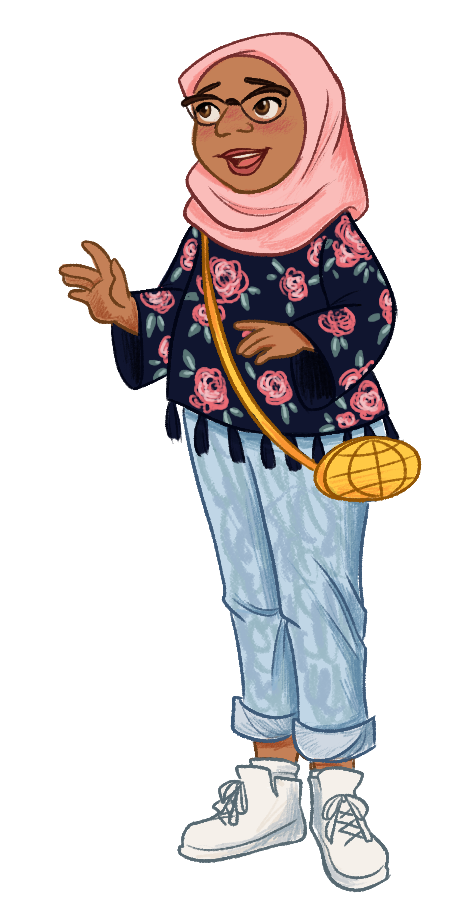uncover
Human Impacts

Why are pollinators in trouble?
Pollinators are tough little critters, but some human activities are making them weak, sick, and even killing them. Where are these threats coming from? Here are a few of the many examples we know about...

Pesticides & Herbicides
Pesticides are poisonous chemicals designed to keep insects from damaging plants. Herbicides are poisonous chemicals designed to kill "weeds".
More and more, people are spraying these on farms, lawns, gardens, trees, and other places where they want to kill bugs and weeds. Unfortunately, these poisons also hurt the good insects that help plants grow, including pollinators. Or they kill the "weeds" (many of which are host plants) that caterpillars need to eat in order to become butterflies.
Loss of Habitat
The ecosystems pollinators prefer are natural spaces where native flowers, tall grasses, shrubs, and trees grow. When we change those natural spaces by constructing buildings, creating parking lots and roads, or establishing large fields of mowed grass and lawns, we take away the plants that pollinators depend on.
This loss of habitat means that the native plants that pollinators need in order to grow, eat, and survive are harder for them to find.
Air & Light Pollution
Many pollinators use their sense of smell to find the flowers that provide their vital energy source - pollen and nectar. Competing odors from air pollution makes this sensory adaptation challenging.
Other pollinators that feed primarily at night (like bats and moths) can become confused by the artificial light we have created, becoming disoriented in their search for flowers.
Invader Species
Invasive species, or species of plants, animals, parasites, and diseases that are not native to a region and have been introduced to an area through human activity, can become a threat to native species. These invaders often don't have predators that keep them in check. They compete with native species for space, food, and other resources.
Climate Change
Climate change is causing climate and seasonal patterns to change. Seasonal patterns determine important things like when flowers bloom, when animals migrate, and when eggs hatch. But if seasons are irregular and patterns become disrupted, this can negatively impact pollinators.
Accidental Harm
Recall a time that you did something or made a decision that caused more harm or trouble than you expected. What happened? What did you learn from that experience?
Investigate & Ponder
- Ask your family about pesticides or herbicides that might be used on grass or other plants where you live? Try to find out if they are safe for pollinators.
- Look for places around your school, home, and community where flowers are growing. Then look for places that don't have flowers. Talk about where more flowers could be planted for pollinators.
- Check out your sense of smell! Go for a walk, ride your bike, or ride in a car with the windows down. What do you smell? Pollinators are smelling for flowers. How close to you have to be to smell flowers?
- Pick a video to watch that interests you.
- Why Protect Pollinators? from California Academy of Sciences
- Why are bees vanishing? from Science News for Students
- How climate change is messing with bees’ ability to pollinate, from Smithsonian Magazine
- Pesticides found in honey around the world, from Science Magazine
- UN celebrates first ever World Bee Day, from United Nations
We have learned a lot about pollinators in general. Let's explore which pollinators need help near you!

Page Resources
-

Threats and Conservation Efforts
Explore pollinator threats & conservation efforts from Xerces Society
Source: Xerces Society
-

-

-

Global pollinator declines: trends, impacts and drivers
Potts, Simon G., et al. "Global pollinator declines: trends, impacts and drivers." Trends in ecology & evolution 25.6 (2010): 345-353.
Source: Trends in Ecology & Evolution
-

-

-

-

-

-

-
